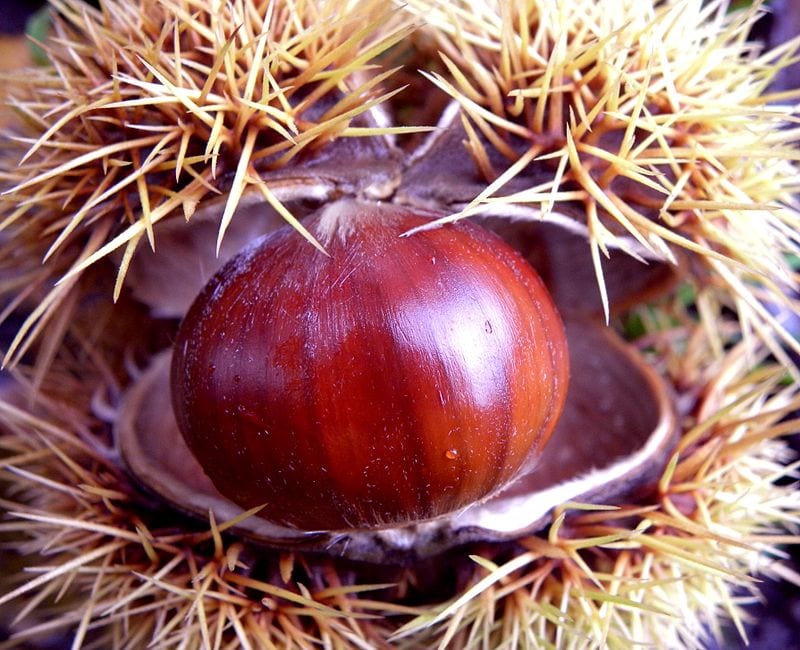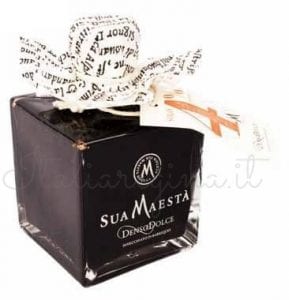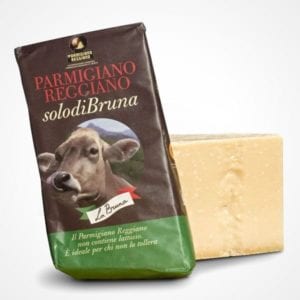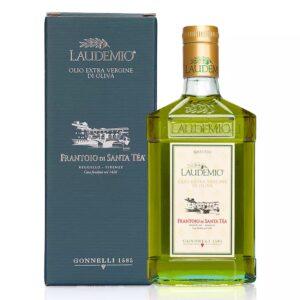
Credits photo: Di Joost j. bakker – originally posted to Flickr as sweet chestnut, CC BY 2.0
Chestnuts are the fruit that originates from the Chestnut plant. In Italy, harvesting begins in autumn, towards the end of September; In the past, this activity was considered one of the most important events of agricultural life to which most of the inhabitants of the country participated. In fact, it was considered a poor food but at the same time, it is very nutritious. In nature there are several types, the most well-known are Chestnuts and Marroni (that means “browns”), which should not be confused with each other. In fact, Chestnuts are smaller, dark in color and with a tasty pulp; Marroni, however, are sweeter, larger and have a slightly lighter color.
Chestnuts and browns can be consumed and used in different ways: as flour, puree, spread on bread as a jam, boiled or roasted on the fireplace (called “caldarroste”) but they can also be transformed into soups, risottos and used in the pastry shop.
In Italy, there are 12 types of Marroni and Chestnuts from different geographical areas that are registered with P.D.O. or P.G.I. certification, to protect their species:
- Chestnut of Montella PGI originates from Montella area, on the Apennines of Avellino, in Campania, southern Italy. This product is considered one of the Italian excellence, in fact in 1987 it was assigned by the European Union to the CDO denomination, while in 1992 PGI certification. It is characterized by a medium size and is perfect for cooking roasted chestnuts (“caldarroste”) or to be transformed into flour or marmalade;
- Chestnut of Cuneo PGI, cultivated in Cuneo in Piedmont, is sold as a fresh or dry product but is also optimal for making chestnut flour;
- Chestnut of Monte Amiata PGI is Tuscany and is large and reddish color. It is perfect to be transformed into flour to make two typical dishes of Tuscan tradition: Castagnaccio and chestnut polenta;
- Chestnut of Vallerano PDO is collected in the neighboring areas in the province of Viterbo, in Lazio. In 2009 it received the PDO certification and is suitable primarily for fresh consumption and in preparation of first courses, sweets, flours, and liqueurs;
- Marron of the Val di Susa PGI is cultivated since Roman times in Piedmont. It is medium-large size and is perfect for fresh consumption or for preparing Marrons Glaucés;
- Marron of Mugello PGI comes from the area of Mugello, in the province of Florence, Tuscany. Since 1996 it has Italian PGI certification and they are sold throughout the nation for its excellent organoleptic qualities;
- Marron of Caprese Michelangelo PDO produced in the province of Arezzo, Tuscany; it is suitable to be sold both dry and fresh, perfect for caldarroste thanks its medium-large size;
- Marron of Castel del Rio PGI comes from neighboring provinces of Bologna, in Emilia Romagna and since 1996 has been recognized as a PGI product;
- Marron of Combai PGI cultivated since the XII century in Veneto in the province of Treviso;
- Marron of Roccadaspide PGI is cultivated in the province of Salerno and since 2005 has been certified as PGI, most of the yield is destined for processing, especially in flours and creams;
- Marron of San Zeno PDO comes from the Veronese shore of Lake Garda, in Veneto;
- Marron of the Monfenera PGI has been cultivated in the Treviso area since 1351, attested by a written document of medieval times.
Chestnut in Italy is a symbol of the beginning of Autumn, with its sweetness and its warm colors you will not resist: let’s try and cook them!





